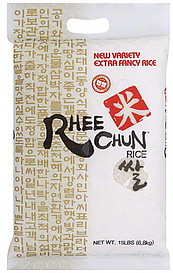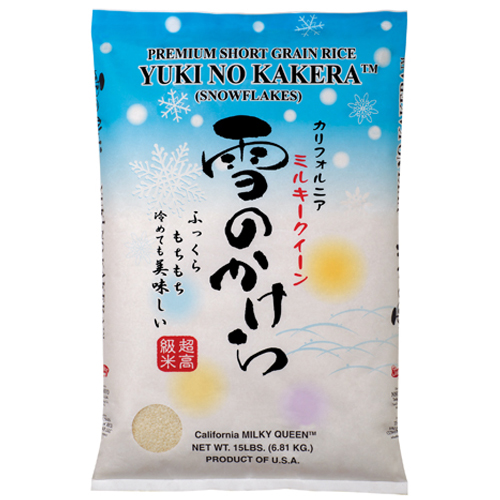Here are the tasting notes. Interesting that they are so different.
Basmati Rice: Moderately sweet, moderately tangy, nice mouth feel, not to thick, very stongly alcoholic. Not bad, but I think I would serve it chilled to take the edge off the tang and the alcohol.
Long Grain White Rice: Very sweet, kinda tangy, almost gravy thick. The texture makes this a little bit gross.
Jasmine Rice: Moderately sweet, slightly tangy, floral aroma, excellent mouth feel, not to thick. Not as strong as the basmati. Very Good.
Japanese sweet rice: Mildly sweet, very mildly tangy, not overtly alcoholic, nice warmth though. Aroma is more fruity. Exceptionally smooth. This is my favorite.
Given the prices of the different kinds of rice, I think I will continue making rice wine with the originally recommended Jasmine rice. It's been an interesting experiment though.






















































![Craft A Brew - Safale BE-256 Yeast - Fermentis - Belgian Ale Dry Yeast - For Belgian & Strong Ales - Ingredients for Home Brewing - Beer Making Supplies - [3 Pack]](https://m.media-amazon.com/images/I/51bcKEwQmWL._SL500_.jpg)








